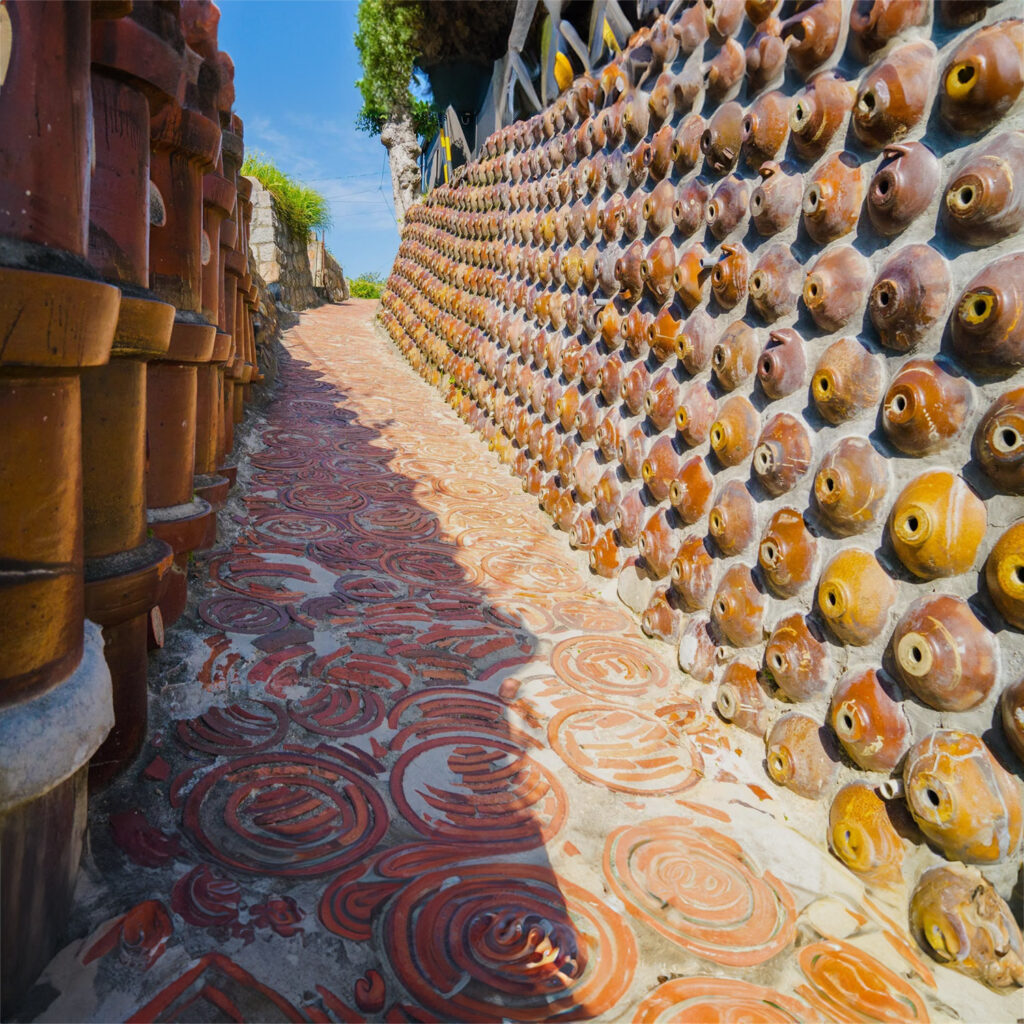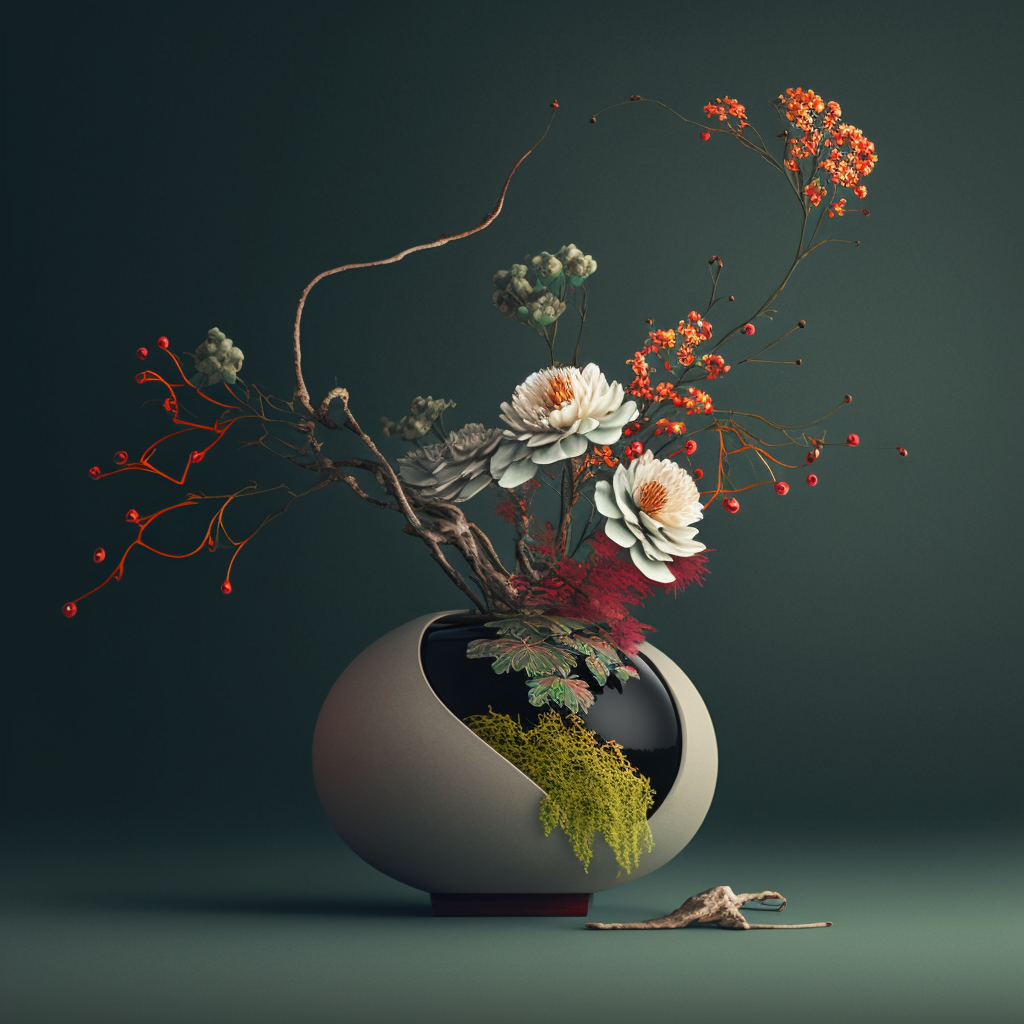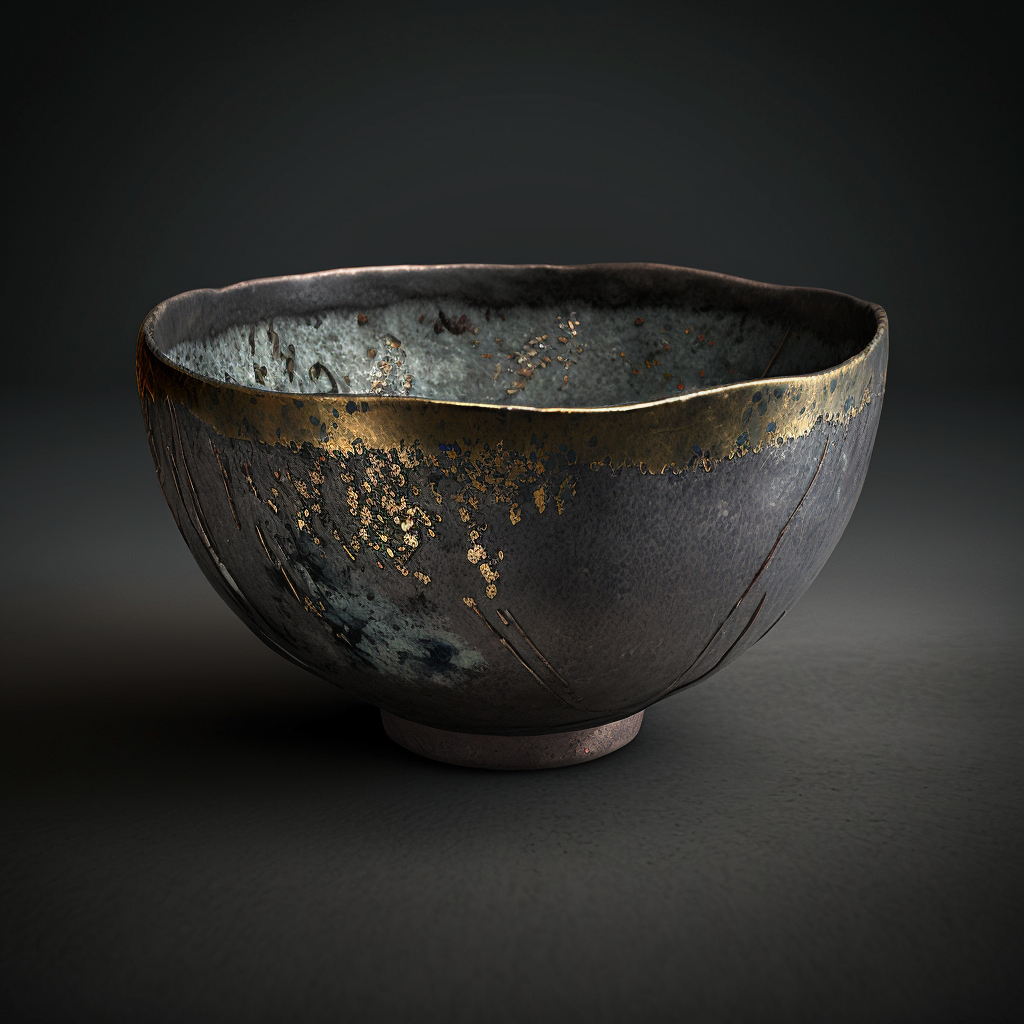The city of Tokoname, nestled on the central coast of Japan, is renowned for its exceptional heritage in the art of pottery and ceramics. This article will look at the rich history of Tokoname ceramics. It will highlight its distinctive techniques, renowned artisans, and its impact on Japan’s arts and culture scene.
History and Tradition of Tokoname Ceramics
The tradition dates back over a thousand years. Indeed, the first pieces date from the Heian era (794-1185). Since then, the area has become a thriving center of pottery production. Tokoname artisans have inherited and perfected the techniques from generation to generation. They have thus created a worldwide reputation for their exquisite works.
Distinctive Techniques of Tokoname Ceramics
Tokoname ceramics are distinguished by their unique firing techniques. In particular the use of natural glazes rich in iron. They thus give the pottery warm and earthy shades. Additionally, traditional open-fire kilns, called “noborigama”, are used to fire pottery. This creates captivating flame effects and color variations.
Iconic Products
Among Tokoname’s iconic products are clay teapots, known as “kyusu”. Indeed, these teapots, renowned for their ergonomic shape, their fitted lid and their integrated filter, improve the taste of the tea while preserving its aromas. Vases, tea bowls, and decorative sculptures are also among the prized creations of Tokoname artisans.
Artisans and Master Ceramists
The city is home to a thriving community of artisans and master ceramicists, whose exceptional skills are passed down from generation to generation. Some names, such as Jinsaku Nakamura, have become legends in the ceramic world, helping to make Tokoname a center of artistic excellence.
Cultural Influence
This art is not limited to being a simple craft. It plays a major role in the daily life of the Japanese, particularly in the tea ceremony. Tokoname’s works are also exhibited in art galleries around the world, testifying to the cultural and artistic impact of this centuries-old tradition.
Future of Tokoname Ceramics
Although Tokoname ceramics are rooted in tradition, they continue to evolve to meet contemporary tastes. Artisans seek new inspirations while preserving authentic manufacturing methods, thus ensuring the sustainability of this ancient art.
Conclusion
Tokoname ceramics represent an artistic treasure imbued with history and know-how. His works continue to transcend cultural boundaries, captivating art lovers around the world. A journey into the world of Japanese craftsmanship offers an immersion in the very essence of Japanese craftsmanship, where tradition and innovation coexist harmoniously.



